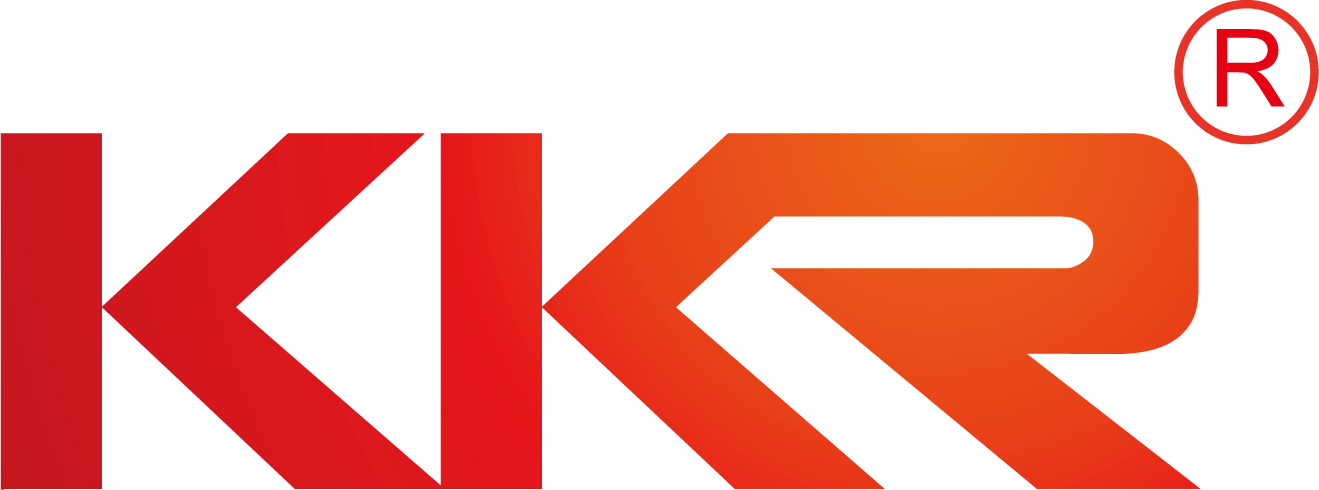 Meet KKR at Big 5 Dubai ( 2025, November,24th-27th, Booth No.: Rashid E186 )
Meet KKR at Big 5 Dubai ( 2025, November,24th-27th, Booth No.: Rashid E186 )
Guide To Specifying Standard Sizes To Reduce Cost And Lead Times.
Are you looking to streamline your manufacturing process and reduce costs? One effective way to achieve this is by specifying standard sizes for your products. By adhering to industry-standard dimensions, you can enjoy a host of benefits, including lower production costs and quicker lead times. In this guide, we will explore the various aspects of specifying standard sizes to help you optimize your manufacturing operations.
The Importance of Standard Sizes
Standard sizes play a crucial role in the manufacturing industry for a variety of reasons. By utilizing common dimensions for your products, you can reduce waste and save money on materials. Standard sizes also make it easier to source components and parts from different suppliers, as they are more likely to have stock items available in commonly used dimensions. Additionally, standard sizes can help streamline production processes, leading to increased efficiency and shorter lead times.
How to Specify Standard Sizes
When specifying standard sizes for your products, it's essential to consider the requirements of your end-users as well as industry standards. Start by researching common dimensions used in your specific sector to ensure compatibility with existing products and systems. You may also want to consult with your suppliers to determine the availability of standard-sized components that meet your needs. Additionally, consider the impact of standard sizes on your manufacturing processes and workflows to optimize efficiency.
Benefits of Standard Sizes
There are numerous benefits to using standard sizes in your manufacturing operations. One of the primary advantages is cost savings. By standardizing your product dimensions, you can reduce the need for custom tooling and minimize material waste, leading to lower production costs. Standard sizes also allow for easier interchangeability of components, making maintenance and repairs more straightforward. Furthermore, standard sizes can improve product quality by ensuring consistent dimensions and performance.
Challenges of Specifying Standard Sizes
While there are many benefits to specifying standard sizes, there are also some challenges to consider. One potential issue is the need to balance standardization with customization. While standard sizes can streamline production processes, they may not always align with the unique requirements of certain projects or customers. Additionally, transitioning to standard sizes may require changes to your existing equipment and processes, which can be time-consuming and costly. It's essential to weigh these challenges against the benefits of standardization to determine the best approach for your manufacturing operations.
Implementing Standard Sizes Successfully
To successfully implement standard sizes in your manufacturing process, it's crucial to have a clear plan in place. Start by conducting a thorough analysis of your current product dimensions and identifying opportunities for standardization. Work closely with your suppliers to ensure that standard-sized components are readily available and meet your quality requirements. Train your team on the importance of standard sizes and how to incorporate them into your production processes effectively. Regularly review and update your standard sizes to ensure they remain relevant and aligned with industry trends.
In conclusion, specifying standard sizes for your products can have a significant impact on your manufacturing operations. By embracing common dimensions, you can reduce costs, streamline production processes, and improve product quality. While there are challenges to overcome, the benefits of standardization far outweigh the drawbacks. By following the guidelines outlined in this guide and working closely with your suppliers and team, you can successfully implement standard sizes and reap the rewards in terms of cost savings and efficiency. Start exploring the world of standard sizes today and take your manufacturing process to the next level.
Company Info
Address:Room No. 2408-2508, Building 5A, Longguang Jiuzuan, Longhua District, Shenzhen, China
Zip Code: 518131
Tel: +86 (0)755-82875700
Fax: +86 (0)755-82875921

